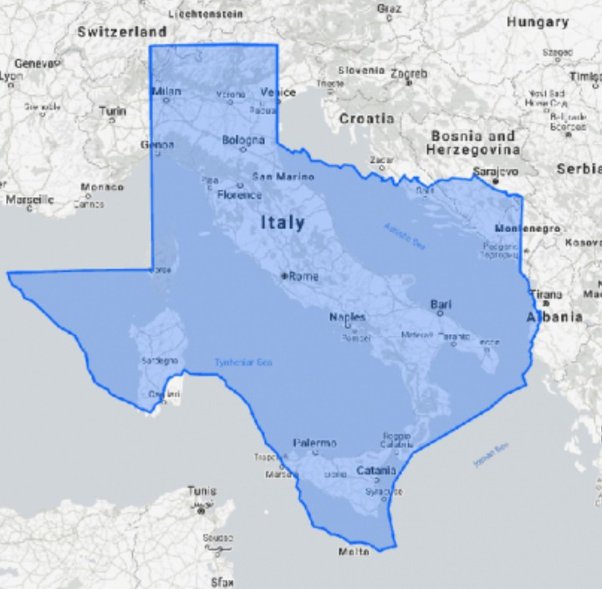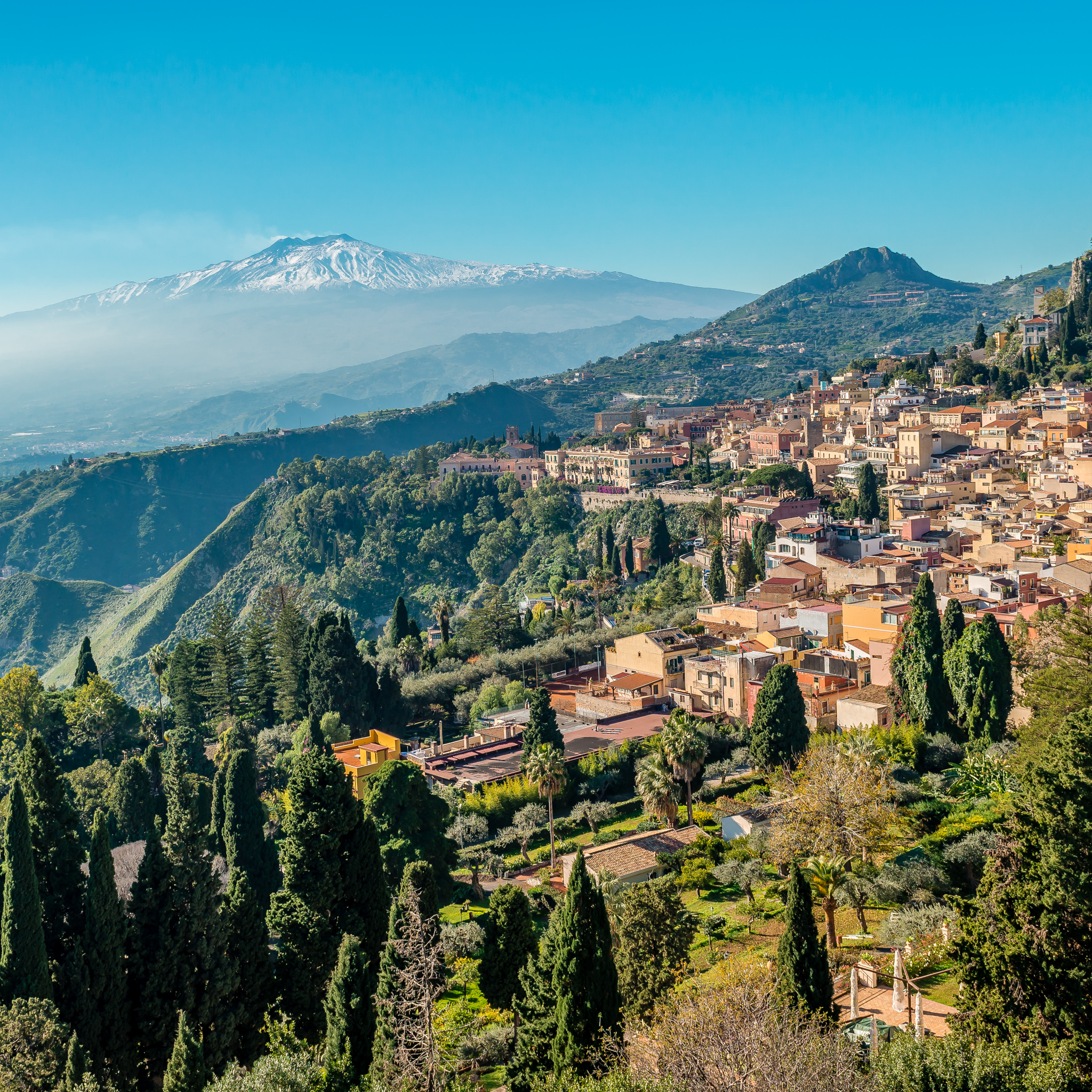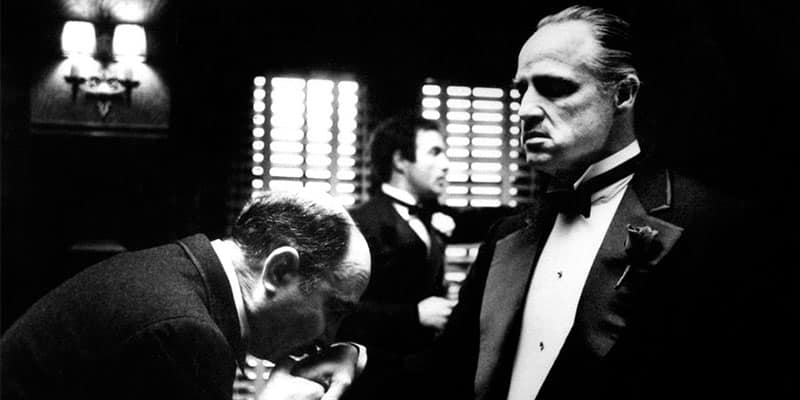Grape Escape: Sicily

Twenty-seven times smaller than the state of Texas, the island of Sicily is nestled between the Tyrrhenian and Mediterranean Seas. As a wine region, it boasts the most acres under vine, surpassing Piedmont and Tuscany. With a winemaking tradition dating back over 6,000 years, preceding even the Greeks and Romans, it holds the title of the oldest winemaking tradition in Italy by over 3,000 years. Mythology claims it as the home of the grapevine, while history labels it the home of the Mafia. However, many wine lovers have never even heard of Sicilian wines.
Fun Facts:
- In the Iliad, Odysseus used the local Sicilian wine to intoxicate the Cyclops, enabling his crew’s escape. The boulders strewn along the coastline are supposedly the ones that the Cyclops hurled after the departing ship.
- Palermo’s Falcone-Borsellino Airport is named after the two anti-Mafia judges murdered in 1992.
- Pied frau is a term for ungrafted grapevines that thrive on the island.
- Mount Eta, is supposedly the home of Vulcan, the Roman god of fire and smithery.
- Mount Etna is three times larger than Mount Vesuvius.

Historical Roots:
Given Sicily’s status as an island situated off the coast of Italy and its richness in natural resources, it was a constant target for invasion. Greeks, Romans, Germans, Normans, Muslims, Vikings—the region was almost always at war until the unification of Italy in the late 19th century. Interestingly, the rise of the unified Italian state and sudden peace didn’t bring immediate prosperity to the island. The existing infrastructure couldn’t handle the attempts of the poor and unemployed to steal from the wealthy landowners’ agricultural endeavors that constituted much of the economy. Landowners, realizing the local police wouldn’t help, brought in their own police force, often made up of criminals. These groups, for a fee, would protect businesses and became known as Cosa Nostra, or the Mafia.

World War II was devastating for the island and the Mafia. During a visit to Sicily in May 1924, Mussolini, the prime minister, passed through Piana dei Greci, where he was received by mayor/Mafia boss Francesco Cuccia. Cuccia, expressing surprise at Mussolini’s police escort, whispered, “You are with me, you are under my protection. What do you need all these cops for?”. Mussolini rejected Cuccia’s offer of protection, and in return, Cuccia told the townspeople not to attend his rally, leaving Mussolini facing a nearly empty room. Once he came to power, he did everything in his power to wipe out the Mafia—killing thousands without trial.
With 18 airbases, Sicily was often bombed during the war, killing civilians, destroying properties, and vineyards. Viticulture had been centered on mass production, with much of the wine being exported to France and other regions of Italy to bulk up production and give weight to blends. As power centralized and rules governing wine production became stricter post-WWII, the viticultural economy of Sicily tanked. Marsala, which for centuries had supported the island, fell out of favor; the demand for cheap bulk wine decreased, and many vineyards were abandoned or pulled up in favor of other agricultural endeavors. Sicilian viticulture was reborn in the late 1990s and 2000s when growers like COS pushed for quality over quantity.
Today:
Today, the island has dedicated itself to quality winemaking. Over 34% of the vineyards are organic, and the island places great importance on sustainable agriculture. When you’re working on an island, it’s crucial not to ruin any portion of it. There are currently more white grapes planted than red, many of which are holdovers from the days when Marsala production dominated the viticultural landscape. Grillo, a white wine grape, was almost extinct before young Sicilian winemakers realized the potential for a dry white. The wines are creamy with tropical fruit. Carricante, sometimes called Lucido, can be super floral or citrus-driven on the nose but is a bone-dry white with a seaside note that is hard to pin down. The reds of the island are numerous, but the three most popular are generally considered Nero d’Avola, Frappato, and Perricone.
Sicily boasts a rich viticultural heritage with over 65 indigenous grape varieties. In this Grape Escape, we’ll explore some of the most beloved. The island houses 23 DOCs (Denominazione di Origine Controllata) and 1 DOCG (Denominazione di Origine Controllata e Garantita), legally defined styles of wine. The Sicilia DOC is very flexible, allowing much of the island’s wine to be labeled as DOC. Maybe that is the Mafia’s influence… I couldn’t tell you.






